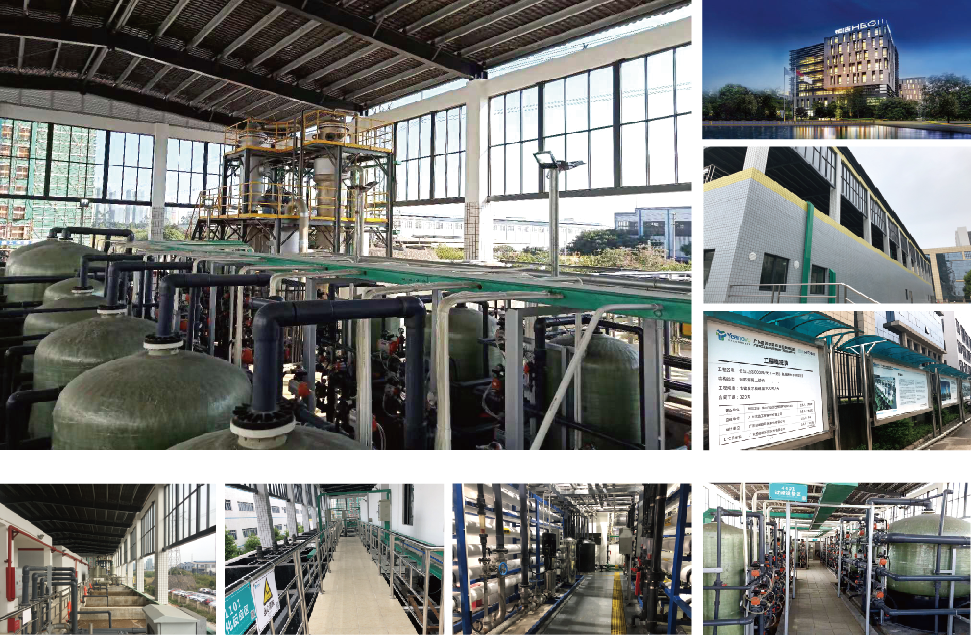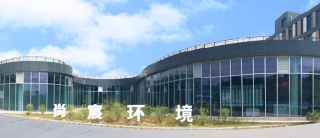What are the aspects of surface treatment wastewater discharge standards?
For surface treatment wastewater, we generally understand it as cleaning, degreasing, rust removal, pickling, phosphating, etc. of metal surfaces, so as to provide corrosion resistance to various metal surfaces. Then, what are the aspects of surface treatment wastewater discharge standards? Corresponding standards can help to implement the policy better. There are mainly the following standards:

First of all, metal surface treatment wastewater contains a variety of pollutants, mainly including heavy metal ions, organic matter and pH problem. Heavy metal ions such as chromium, nickel, zinc, etc. are among the most harmful components in wastewater, and have significant negative impacts on the environment and human health. In addition, organic pollutants in wastewater, such as organic solvents and oils, can damage the water ecosystem and seriously threaten water quality. The pH value of wastewater is also an important factor. Too high or too low pH value has potential harm to the ecological balance of water bodies.
Secondly, in order to effectively control the discharge of metal surface treatment wastewater, relevant regulations have imposed strict restrictions on pollutants in the wastewater. The emission standards for heavy metals are very clear, for example, detailed provisions are made on the maximum allowable concentrations of chromium, nickel, zinc, etc. In addition, there are clear restrictions on the concentration and types of organic pollutants to reduce their damage to water bodies. Regarding the acidity and alkalinity of wastewater, the discharge standards stipulate an appropriate pH value range to ensure the healthy state of the water body. These standards provide strong guarantees for reducing pollution and protecting the environment and human health.
Finally, to ensure the implementation of emission standards, monitoring and management are the keys. Through regular monitoring of various pollutants in wastewater, abnormalities can be detected in time and corrective measures can be taken. Furthermore, a sound management system and monitoring mechanism are crucial to the metal surface treatment industry. The government and relevant authorities should strengthen supervision over enterprises to ensure that they strictly implement emission standards and protect the ecological environment and public health.
The formulation of the above three standards for surface treatment wastewater discharge can play a vital role in the environmental control and ecological protection of the corresponding enterprises. Of course, in the specific implementation process, emission standards and specific monitoring and control are important influencing dimensions of surface treatment wastewater discharge. What are the aspects of surface treatment wastewater discharge standards? The above is the editor’s summary. We hope that we can strengthen the effective implementation of surface treatment wastewater discharge standards through our joint efforts.

Guangdong Shangchen Environmental Technology Co., Ltd. is a large-scale technology-based comprehensive service provider of resource recycling. Shangchen is devoted to the field of industrial wastewater and has become a leading role in the industry after more than ten years of rapid development. The core business of the Company is concentrated in the field of industrial wastewater treatment, and covers pollution control fields such as river management, pyrolysis of domestic waste, heavy metal soil management, sludge reduction, waste acid and alkali recovery, and hazardous waste treatment. Shangchen is committed to providing customers with professional overall solutions, and has now formed a complete industrial chain of environmental pollution control throughout the entire life 。
1、What are the aspects of surface treatmen




